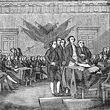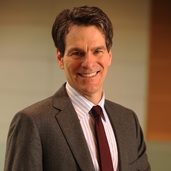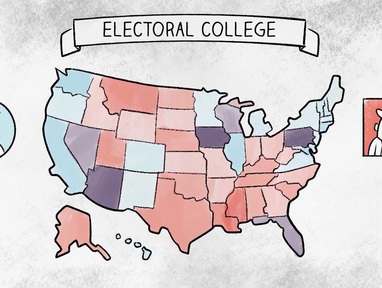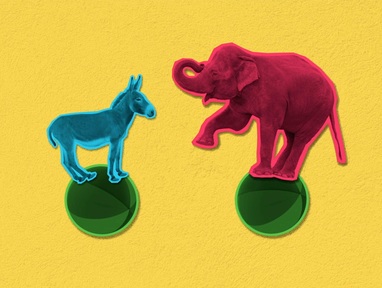The Electoral College
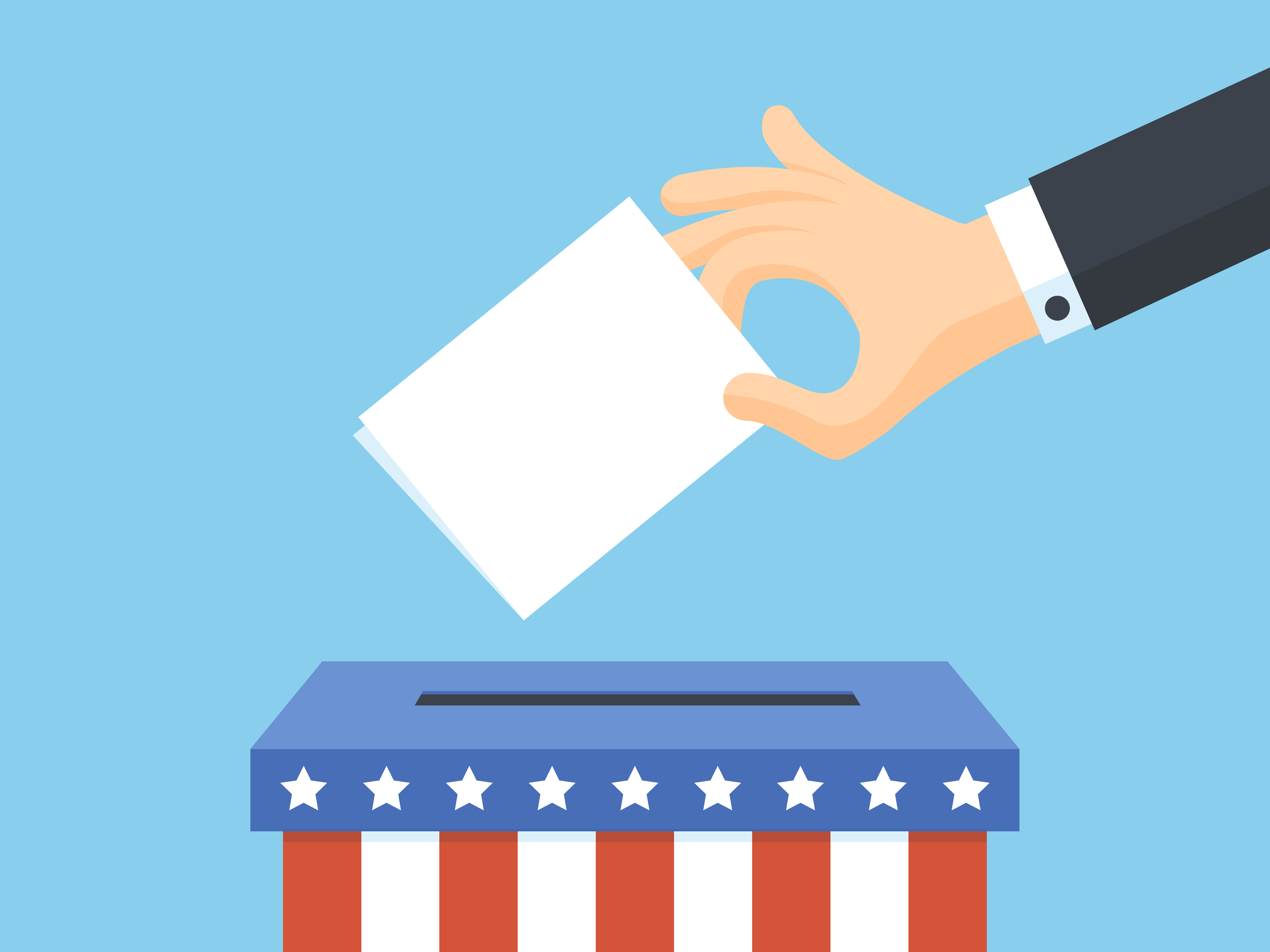
Tis the season—the presidential election season that is. Election officials are busy printing ballots. Pollsters are making phone calls. And candidates, parties, and special interest groups are spending millions of dollars to convince you that one candidate is superior to the other.
The chaos won’t end on November 3. After the ballots are cast and counted, the winner isn’t necessarily the candidate who receives the greatest number of votes; instead, what matters is who wins a majority of Electoral College votes.
How does this uniquely American institution work? And does its existence still make sense in the modern world?
What is the Electoral College?
After you have cast your presidential ballot, your vote—and millions of others—will be counted by state and local election officials. Once they have totaled the votes, the officials will certify the results and select a group of electors who will represent the state in the Electoral College. In nearly all states, these electors are supposed to vote for the presidential and vice-presidential candidates who won the most votes in their state.
The number of electors a state receives is equal to its congressional representation. A state receives two electors for its two senators and one for each member in the House of Representatives. In 2020, the nation’s most populous state, California, will have 55 electors. Meanwhile Wyoming, the least-populated state, will have three. Although not represented in Congress, Washington, DC, also receives three electoral votes. In total, there are 538 electors. A candidate must secure a majority—at least 270—to win the White House. If all the candidates fall short of this total, the winner is decided in the House of Representatives, with each state’s voting bloc receiving one vote.
The system can yield some odd results. In two of the last five elections, the winner of Electoral College lost the nationwide popular vote. In 2000, Al Gore secured 500,000 more votes than George W. Bush, but Bush won the presidency by collecting 271 electors. More recently, Hillary Clinton won the popular vote by nearly 3 million votes in 2016, but Donald Trump secured the White House with 304 Electoral College votes.
There are two main reasons why these outcomes occur. First since every state is guaranteed at least three electors, less-populated states are over-represented in the Electoral College. California receives 18 times more electors than Wyoming, but its population is 72 times larger than that of Wyoming.
The bigger reason why these outcomes occur is that most states have a winner-take-all rule. Most states reward all of their Electoral College votes to whichever candidates wins the most votes (Nebraska and Maine split their votes depending on who wins the most votes in each Congressional district). Winning a state by a landslide will increase a candidate’s nationwide vote total, but the margin of victory won’t give them any more electors. As the video below explains, that means that winning a number of states by a narrow margin is more important to electoral success than winning a handful of states by a landslide.
What are the arguments for eliminating the Electoral College?
It may seem unfair that the winner of the popular vote doesn’t always win the election. But even in cases where there is a split between the popular vote and the Electoral College, we can’t say for certain who would have won if the winner were chosen by popular vote instead. Political scientist Morris Fiorina explains the problem:
Many Clinton supporters claim that she would now be president had the election been based on the popular vote. Probably they are correct, but we can never know for sure because one cannot assume the popular vote would have been the same absent the Electoral College: the candidates would have conducted different campaigns. . . . How it all would have netted out is the kind of counterfactual that sparks interesting discussions but is probably beyond resolution with data.
Beyond questions of unfairness to past presidential candidates, however, the Electoral College does present a problem. Fiorina argues:
Elections are the way democracies determine a legitimate government. The political equality embodied in majority rule is the most fundamental component of a democratic form of government. So if the rules of the electoral game crown a candidate who gets fewer votes than an opponent, it violates political equality and undercuts the legitimacy of the winner.
Why did the nation’s founders create the Electoral College?
The system seems unnecessarily complex. And, worse, it seems wrong that in a democracy the winner isn’t decided by popular vote. But the rationale behind the Electoral College was well understood at the time of the founding. Hoover Institution research fellow David Davenport explains the founders’ thinking:
At the Constitutional Convention, at least four ways to elect the President were on the table: election by Congress, by the state governors, by the state legislatures, and a direct vote of the people. The founders chose a hybrid system, giving both the states and the people a role in electing a president and, with their other checks and balances, helping protect the republic.
In this interview, Hoover Institution senior fellow Richard Epstein discusses the many ways the Constitution constrains the power of the majority. For example, senators were once chosen by state legislatures rather than by popular elections. These concerns extended to the election of the president. As Epstein explains, the Electoral College “was deliberately designed to be anti-majoritarian.”
Are there still reasons to maintain the Electoral College?
The Constitution is now more than two centuries old. Many of the document’s original checks on majority rule have been weakened or eliminated. Senators, for example, are now directly elected. And, yet, the Electoral College remains a factor in each election. Are there any reasons to maintain the system?
It might seem like an archaic institution, but the Electoral College does offer some benefits. First, as economist John Cochrane argues, that institution forces candidates to broaden their appeal:
A system in which each candidate has to get a small majority in a large number of states is a good system to keep a polarized democracy together. A straight popular vote, in which one could win by getting huge majorities in some areas and lose by huge majorities in other areas, is a disaster waiting to happen. We do this in sports, for similar good reasons: the world series winner is not just the total number of runs in the regular season.
By forcing candidates to win a broad set of states, we are encouraging candidates to moderate their positions to ensure nationwide support. Cochrane argues:
The point of an election is not really about selecting a winner and a loser, or a set of policies. It's about building a consensus, that the losers agree to live together under the winner, and try again next time. A geographically broad set of 51% wins with a popular loss is more important to that goal than a 51% popular vote win based on overwhelming majorities in narrow areas, and overwhelming losses in the rest of the country.
Then there is the risk of a recount. As the 2000 election showed, recounts are messy—and that was in just one state. David Davenport notes that “without the Electoral College and its state-based voting, we would be looking at national recounts—not just Florida in 2000—with results delayed for weeks, perhaps even beyond Inauguration Day.”
You can hear more about these arguments here.
Conclusion
The Electoral College may seem to be antidemocratic, but it leads to candidates broadening their appeal across many states instead of focusing on just a few. It moderates politics instead of heightening divisions within society. Without it, partisanship could be even more of a problem.
Citations and Additional Reading
The Electoral College is just one way the Constitution empowers states. You can read more about federalism in this edition of Policy Insights.
Should a state’s electors be required to cast a ballot for the candidate to whom they were pledged? Or can an elector pick someone else? In this essay, Richard Epstein explores the legal and political questions of faithless electors.
There have been several attempts to reform or eliminate the Electoral College. These range from a constitutional amendment to eliminating the winner-take-all system. David Davenport discusses these reforms here.


